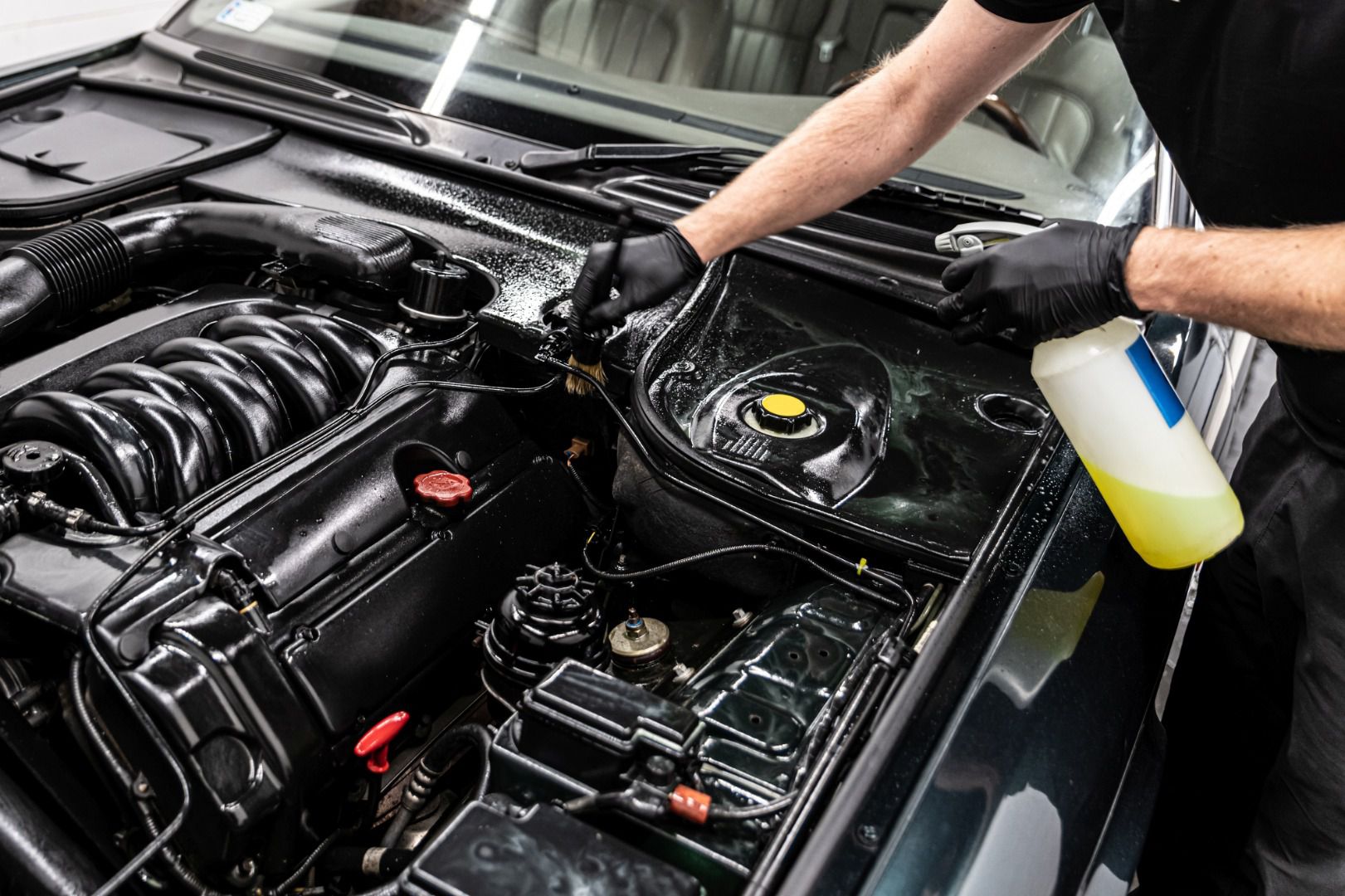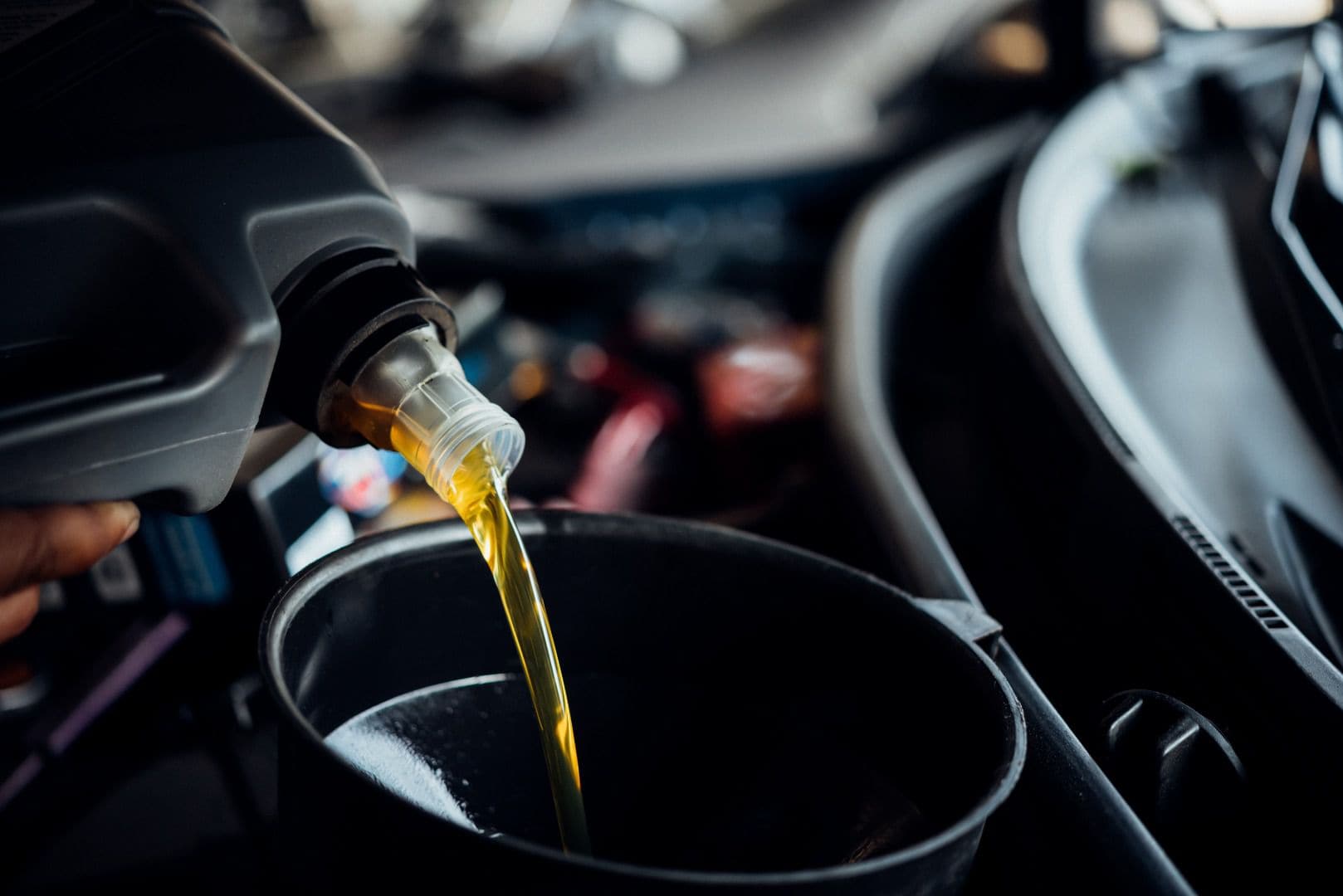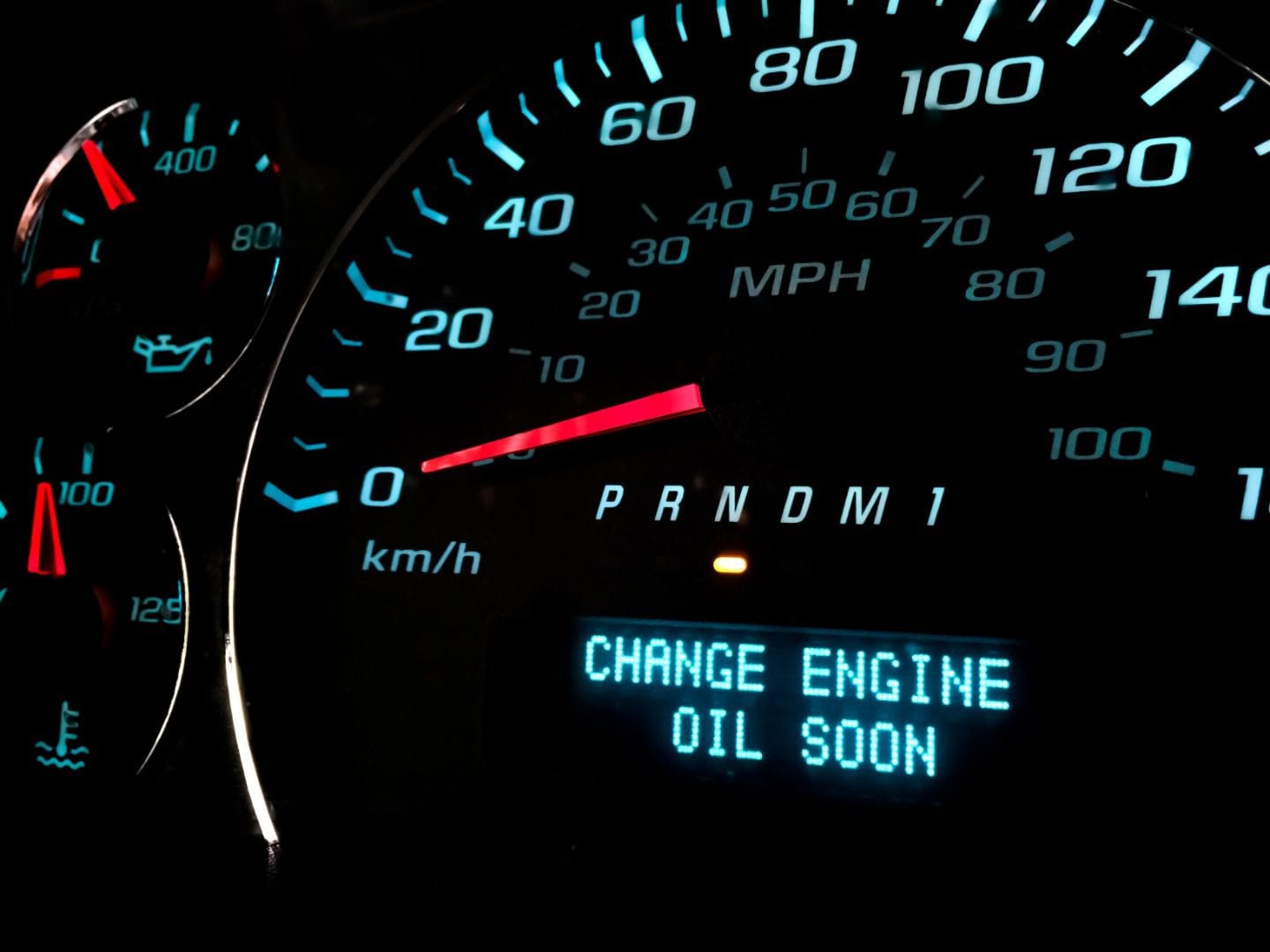Recent Articles
Popular Makes
Body Types
How Often Should I Change My Oil, Really?

Motor oil ・ Photo by Olga Yastremska and Leonid Yastremskiy
Oil changes are one of the most frequent services you should perform on a modern car, but in most cases, that's still less often than we used to change these fluids. Many of us who started caring for cars decades ago still cling to habits we established when cars and oils were not nearly as well-made as they are today.
Conversely, as cars and oils have improved, some newer car owners may not give this critical maintenance the attention it deserves. It's easy to take the reliability of modern cars for granted, but that reliability depends on regular maintenance. So, let's take a look at oil changes and when to have them done. : Always follow your car's owner's manual with respect to oil change intervals and the weight and composition of the oil to use.
What Happens Inside Your Car's Engine?
The oil in your car's engine serves several purposes. First and most importantly, it's a lubricant. Your engine is made of metal parts, and many of those parts move and rub against each other. Engines have always been built to tight tolerances, and metal parts wear down as they rub. Engine oil coats the rubbing surfaces and reduces friction to minimize wear. For critical bearing surfaces on your engine's crankshaft and camshafts, the oil is pressurized to make sure there's always a coating layer. By the way, that's why oil pressure is important.
But oil also cools and cleans the inside of the engine. A running engine gets hot, and the flow of oil helps carry off and dissipate that heat. That's why engines under heavy load often include oil coolers. Finally, combustion byproducts like soot escape your engine's cylinders, and oil helps wash those impurities away. Your engine's oil filter traps those pollutants, which is why you need to change it along with your oil.

Photo by Daniel Jedzura - stock.adobe.com
Read the Owner's Manual
If you've been in an auto parts store recently, you'll know that there are dozens of brands and types of engine oil you can buy. This is your first chance to break out your car's owner's manual. If your car came to you without a manual, virtually all owner's manuals can be downloaded from the automakers' websites. Get a copy of your manual and look for the section on recommended engine oil.
You should always follow the manufacturer's recommendation for the kind of oil to use. That's not usually the brand, but the manual will tell you if the engine needs a full synthetic oil or a blend. Many modern cars recommend at least a blended oil over conventional petroleum-based engine oils. This is especially true for turbocharged engines. The increased mileage you can expect from a modern car is due in large part to the use of synthetic oils, which lubricate better than conventional oils. Always choose oils with the API (American Petroleum Institute) certification seal on the container.

Photo by Francesco83 - stock.adobe.com
What Is the Oil Weight About?
One specification you'll see in your car's owner's manual is the oil weight, or viscosity. It's usually written something like 5W-20 or 0W-20. Briefly, these numbers describe how thick or viscous the oil is, and how well it protects your engine. In the distant past, engine oils had a single weight, usually 10, 20, 30, or 40, based on the oil's viscosity. Later multi-weight oils were labeled with two numbers, such as 10W-40, which meant the oil flowed like a 10-weight when it was cold, and protected like a 40-weight oil when it was hot.
Most modern passenger vehicles use 0W-20 or 5W-20 oils, which flow very well to reduce internal drag. These oils also stand up to the higher temperatures found inside modern engines. If your area gets much hotter or colder weather than average, your owner's manual may recommend a different weight of oil in summer or winter.

Photo by Ivan Uralsky
Oil Change Intervals
Another piece of information in your vehicle owner's manual or maintenance book is the oil change interval. You might be surprised to find that many vehicles only require oil changes at 7,500 or even higher mileage, especially if you were taught to change oil every 3,000 miles. That's another benefit of newer synthetic oils: They last longer.
You can safely follow the manufacturer's oil change interval recommendations as long as you use the recommended grade and type of oil. Make sure you get the right type of oil every time. Especially if you went to a quick-oil-change business, their base prices often include only conventional oils. If your car needs synthetic, you might have to pay more. Always change the oil filter every time you change the oil. They don't cost much, and all the bad stuff in your engine is building up inside that filter. Use a new one every time.

Photo by Vasuta Thitayarak
Severe Service Intervals
Your owner's manual may specify an alternate oil change schedule (usually more frequently) if your vehicle is subject to "severe service." That usually means any kind of driving that puts more stress on the engine, such as towing or hauling heavy loads. Severe service can also include driving in very hot or very cold environments. Doing a lot of off-road driving can also count as severe service.
Talk to your dealer service representative or mechanic if you think your vehicle should be on the severe service schedule. For most people, it's not an issue.

Photo by LIGHTFIELD STUDIOS - stock.adobe.com
Checking and Topping Up Engine Oil
It's always a good idea to keep about a quart of oil in your car's trunk in case you need to top up. Especially as cars get older and accumulate mileage, they may begin to use up engine oil. Usually a tiny bit of oil gets into the combustion chamber and burns. It's a good idea to check your car's oil level when you refill the fuel tank, as a rule of thumb.
Checking your oil is easy. Your vehicle has to be parked on level ground with the engine off. On most cars, you start by getting a rag or paper towel. Locate the dipstick and pull it out. Wipe the rod clean and stick it back in all the way. Then pull it out and check the level. There is usually a minimum line and a maximum line on the dipstick. The difference between the minimum and maximum lines is about one quart of oil. (Some new cars can tell you the oil level electronically.) If you're at or below the minimum, put in the whole quart. Use less if it's about halfway.

Photo by Stephen Davies - stock.adobe.com
Specialty Engine Oils
Some engines require special oils. Diesel engines, for example, generally have different oil requirements than gas-powered engines. As we noted, turbocharged and supercharged engines virtually always need synthetic oils. The owner's manual always specifies the right kind of oil to use.
Many classic vehicles made before 1975 benefit from oils that contain a zinc-phosphorus additive. The zinc gets deposited on the wear surfaces of the engine and helps prevent wear. However, the same additive will clog up and ruin the catalytic converter on newer vehicles. So if you see anything about zinc or classic cars on the oil canister, don't use it on a modern car or you'll be looking at an expensive repair.

Photo by General Motors
Trust Your Dashboard
There's one more great feature of modern cars. Many of them will tell you when the oil needs to be changed. Trust your car when it gives you those messages, and take it to the dealer, a trusted mechanic, or a good drive-thru oil change shop. They'll have the ability to reset the dashboard message.
Many modern engines also have the ability to tell you if the engine oil level is getting low. If you get a low oil message on your dash, don't ignore it. Drive to the nearest place you can check the oil level, or to a place you can have it checked and topped up.

Photo by Adobe Stock
Points to Remember
Remember these points from this article:
- Always use the type and weight of oil recommended in your vehice's owner's manual.
- Follow the automaker's recommended oil change service intervals for your vehicle.
- Always change the oil filter along with your vehicle's engine oil.
- Ask if your vehicle should be on the severe service schedule.
- Check and top off your engine oil as necessary.

Photo by Karen Roach - stock.adobe.com